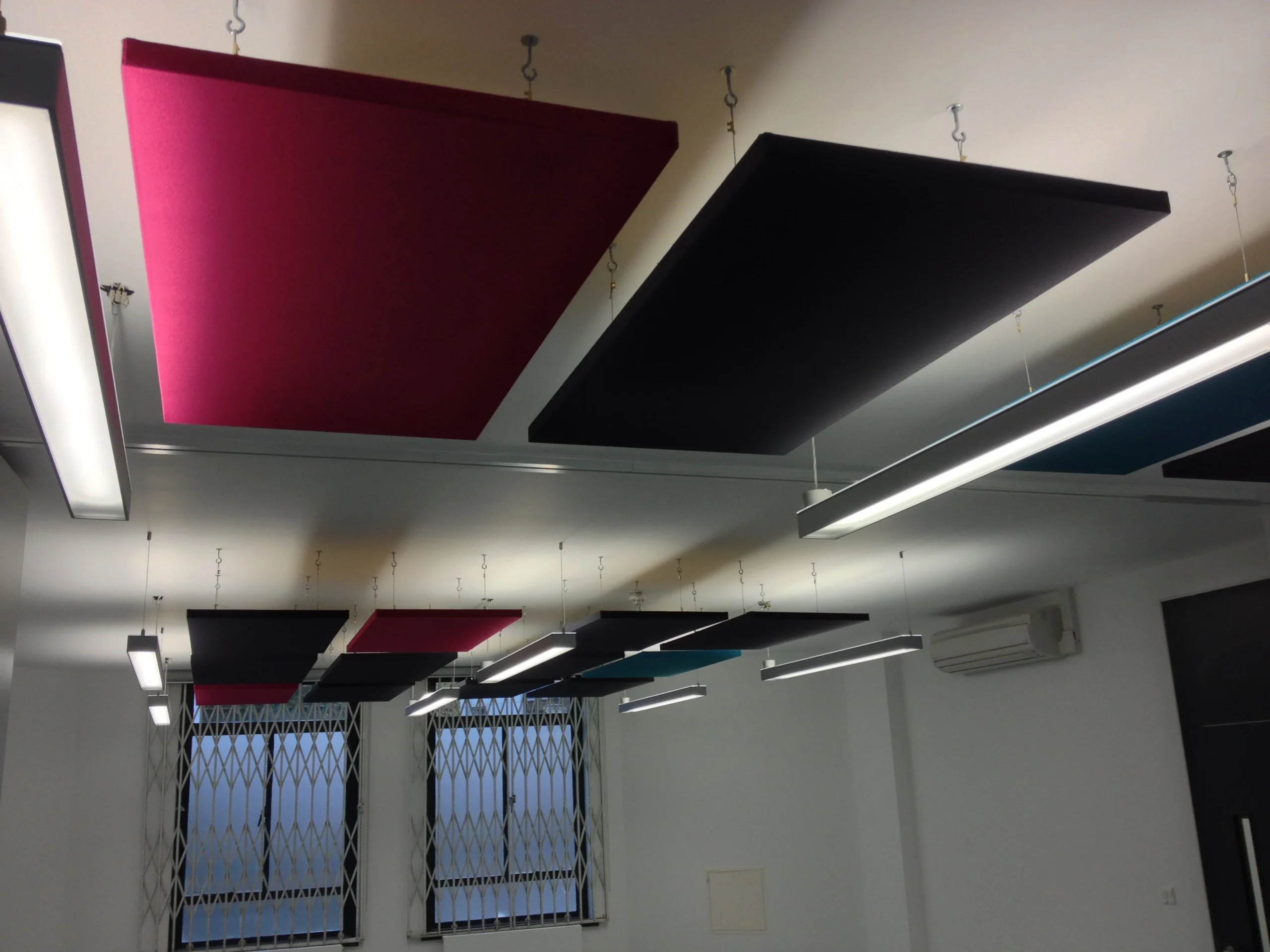If you’ve ever walked past a construction site, you’ll know just how loud they can be. The constant hammering, drilling, and clanging of metal can be overwhelming. But if you’ve noticed that things have been a bit quieter around certain sites lately, there’s a good chance portable noise barriers are to thank.
These temporary sound-blocking solutions are quickly becoming a staple in the construction industry, and for good reason. But what’s all the fuss about? Why are more and more sites using portable noise barriers, and what makes them so effective?
The Growing Need for Noise Control on Construction Sites
It’s no secret that construction sites are noisy. In cities and residential areas, this noise can cause all sorts of issues, from disturbing residents to making life difficult for workers themselves.
Authorities have been cracking down on excessive noise pollution, enforcing stricter regulations to keep things under control. Noisy construction work at all hours isn’t just annoying—it can lead to complaints, legal action, and even hefty fines for companies that fail to comply with local laws. That’s where portable noise barriers come in.
Unlike traditional methods of noise control, such as permanent walls or bulky structures, these barriers are flexible, easy to install, and incredibly effective.
How Do Portable Noise Barriers Work?
Portable noise barriers are made from specialised materials designed to absorb and deflect sound waves, reducing the amount of noise that escapes into the surrounding area.
Most high-quality noise barriers consist of multiple layers, including:
- Acoustic foam – Absorbs sound energy and reduces echo.
- Mass-loaded vinyl – Blocks and deflects noise.
- Weather-resistant outer layers – Keep the barrier durable in outdoor conditions.
These barriers can be easily placed around noisy equipment, perimeter fences, or anywhere else where sound needs to be contained. Unlike permanent solutions, they can be moved around as needed, offering maximum flexibility.

Why Are They Becoming So Popular?
So, what’s driving the increasing use of portable noise barriers? There are a few key reasons why construction companies are embracing this solution.
1. They Help Meet Noise Regulations
One of the biggest reasons construction firms are adopting portable noise barriers is to stay compliant with noise regulations. Many cities have strict rules about how much noise construction sites can generate, especially in residential areas.
Rather than risk complaints, fines, or legal trouble, companies are investing in sound barriers that keep noise levels under control while allowing work to continue uninterrupted.
2. They Improve Worker Safety and Communication
It’s not just the public that benefits from reduced noise levels—construction workers do too. Prolonged exposure to loud noise can lead to hearing damage and make communication on-site much more difficult.
Using portable noise barriers in construction can create quieter work environments where teams can communicate more effectively and protect their hearing health.
3. They’re Easy to Set Up and Move
One of the major advantages of portable noise barriers is how simple they are to install. Unlike permanent noise walls, which require extensive planning and construction, portable barriers can be set up in minutes.
They’re also lightweight and can be moved as needed. This means that as work progresses across a site, the barriers can be repositioned to target different sources of noise. This level of adaptability makes them a smart investment for any construction project.
4. They Keep the Public Happy
Nobody enjoys being woken up at 7 a.m. by the sound of jackhammers. Noise complaints from residents and businesses are a constant headache for construction companies, and too many complaints can lead to project delays or even shutdowns.
Portable noise barrier significantly reduces the amount of noise escaping into surrounding areas to help keep the peace with local communities. Happy neighbours mean fewer disruptions and a smoother project timeline.
5. They Offer Cost Savings in the Long Run
While portable noise barriers do require an initial investment, they can actually save money over time. Avoiding fines, legal disputes and project delays means fewer unexpected costs. Plus, these barriers are reusable, meaning companies can use them across multiple projects rather than having to invest in new noise control solutions each time.
Future Innovations in Portable Noise Barriers
As technology continues to advance, portable noise barriers are becoming even more effective. Some of the latest innovations include:
- Eco-friendly barriers – Made from recycled and sustainable materials.
- Smart noise barriers – Equipped with sensors that monitor noise levels in real time and adjust their positioning accordingly.
- Modular designs – Allowing companies to build custom noise-blocking solutions that fit their specific site layout.
With these advancements, it’s clear that portable noise barriers will continue to play a crucial role in the construction industry.
Final Thoughts
There’s no denying that construction sites are noisy places, but portable noise barriers are proving to be a game-changer. Their ability to reduce noise pollution, improve worker safety, and keep the public happy makes them an essential tool for modern construction projects.
As noise regulations become stricter and urban construction continues to grow, the demand for portable noise barriers is only going to increase. If you’re involved in the construction industry, now might be the perfect time to consider how these barriers can benefit your next project.











